I traveled to Ecuador in June of
2008 with an awesome group
of students from Poolesville High School. Our 9 day journey included
three days
in the Galapagos Islands, a day trip to Cotopaxi National Park, and a
number of
days in and around the environs of Quito. I returned to Ecuador and the
Galapagos Islands in July of 2011 on an individual trip. Ecuador
is politically and
economically stable country with a strong emerging middle class.
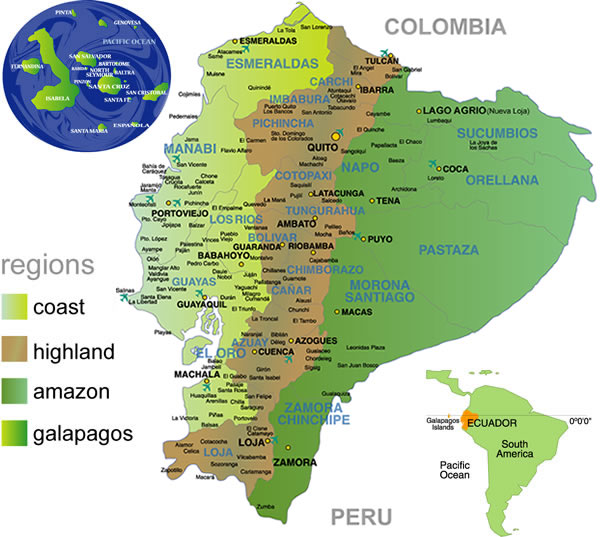 |
The history of pre-Inca Ecuador is lost in time and legend. It is
commonly believed that Asian nomads reached the South American
continent by
about 12,000 BC and were later joined by Polynesian colonizers. It is
believed
that centuries of tribal expansion, warfare and alliances existed among
the
pre-Incan peoples until the arrival of the Incas around 1450 AD.
Despite
fierce opposition, the conquering Incas soon held the region, helped by
strong
leadership and policies of intermarriage. War over the inheritance of
the new
Inca kingdom weakened and divided the region on the eve of the arrival
of the
Spanish invaders. |
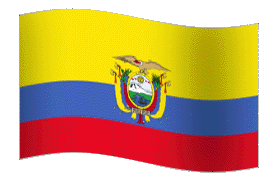 |
Click Here to see Galapagos Islands Page
Click Here to see the full 2008 Photo Gallery
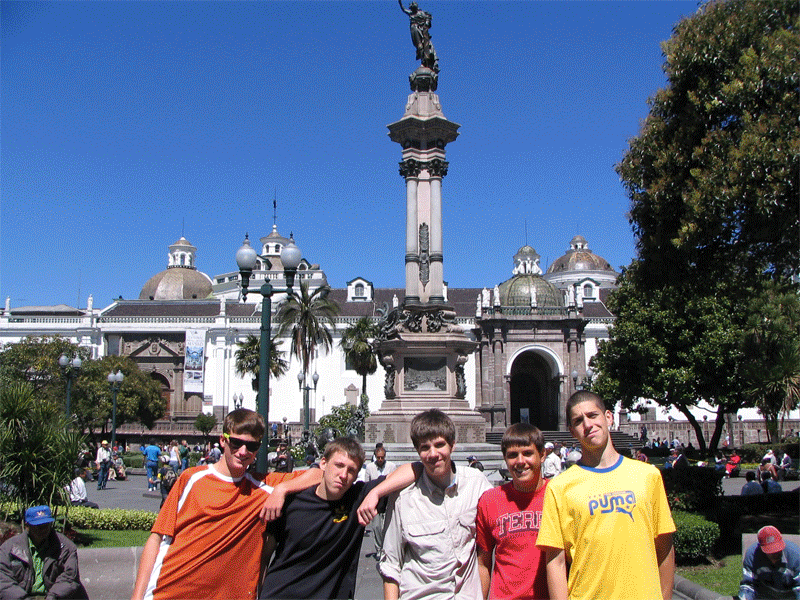
Student Images from Quito 2008
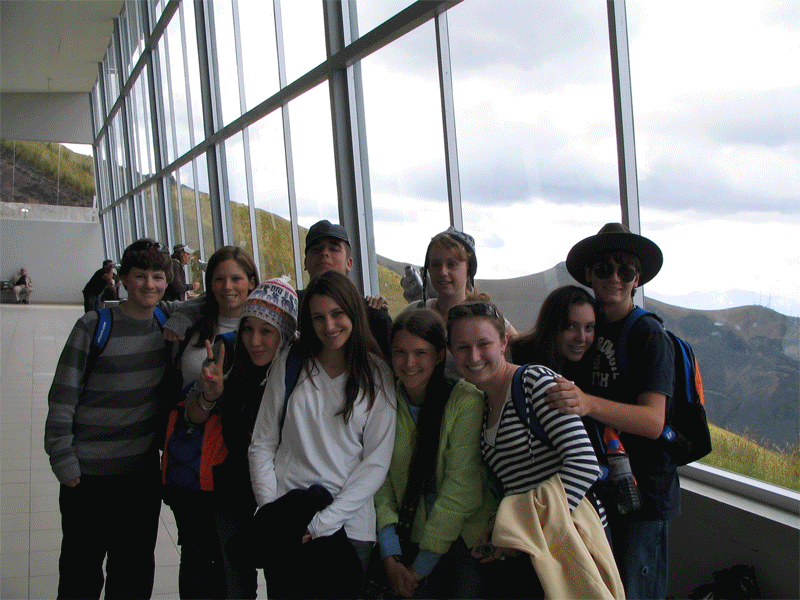
More Student Images 2008
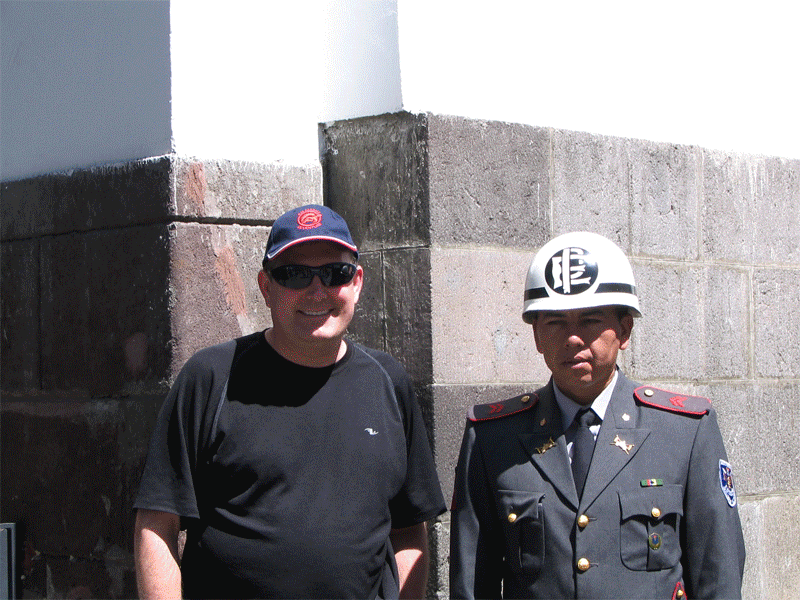
Images of Mr. Stanton and Fellow Travelers 2008
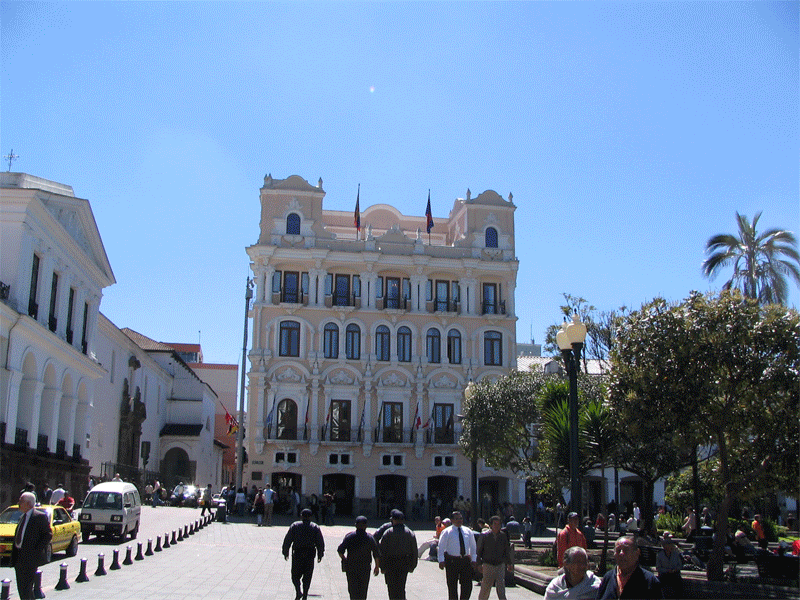
Land and People of Ecuador 2008
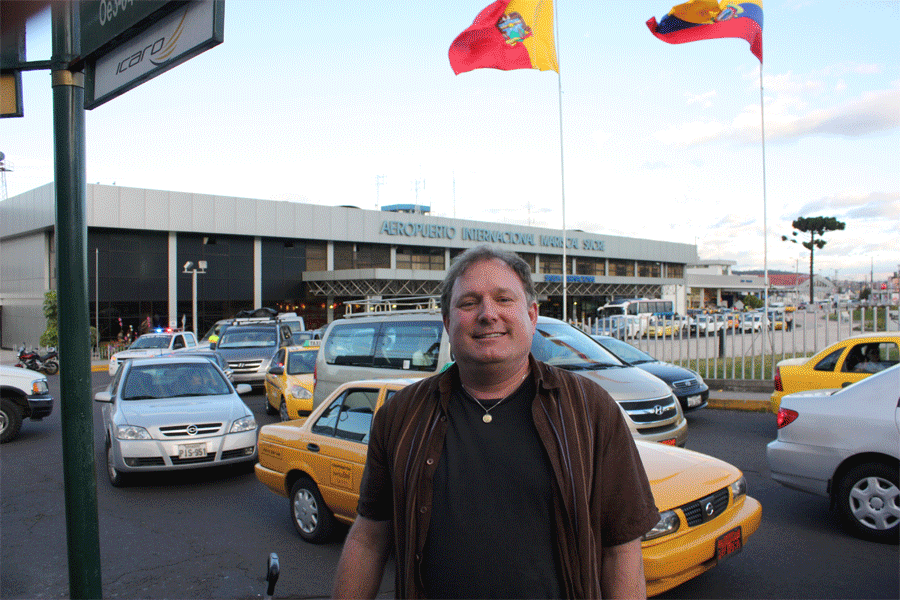
Images from my trip in 2011


